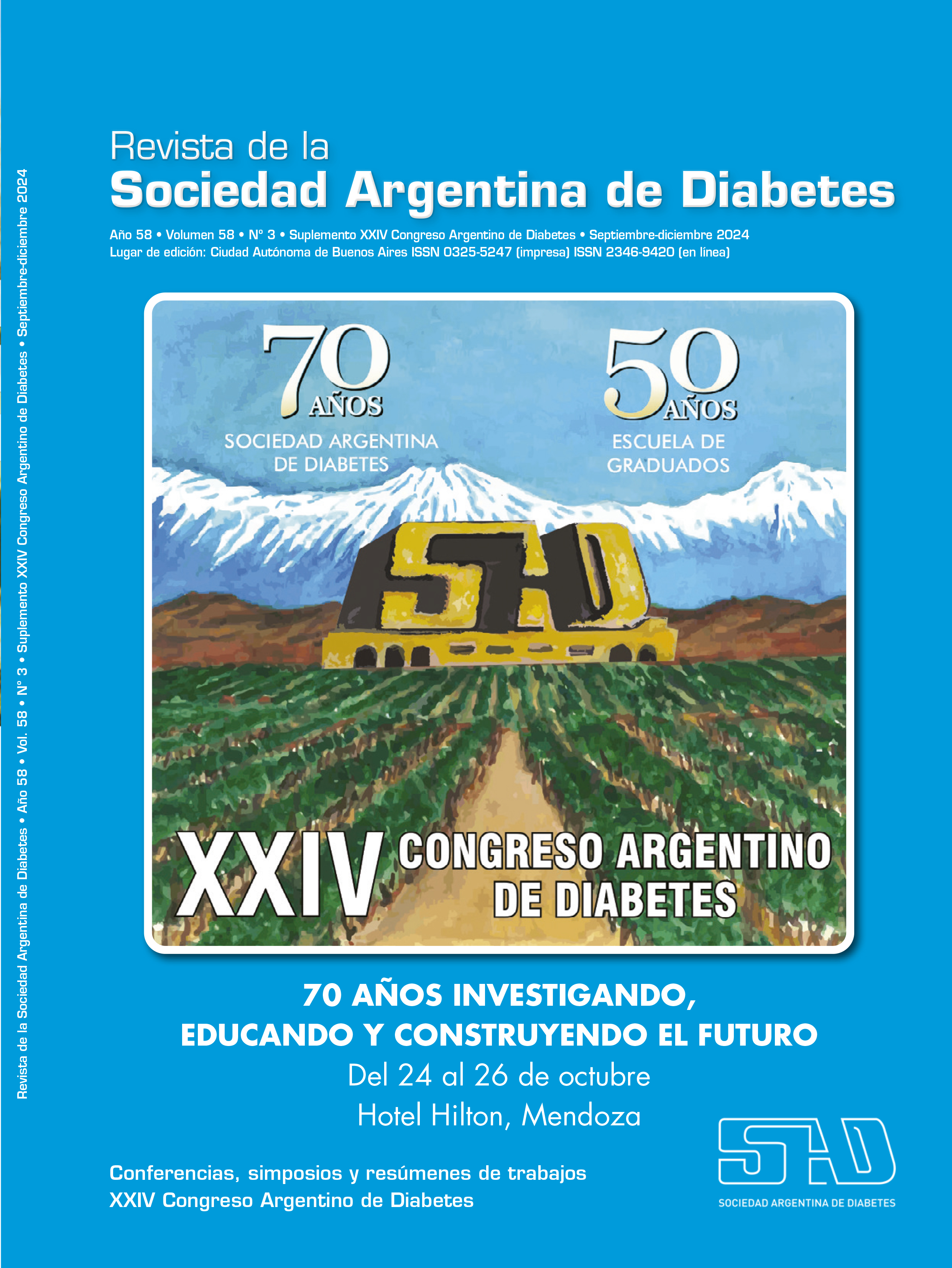What's new in lipodystrophies?
Keywords:
lipodystrophy, diabetesAbstract
Lipodystrophy syndromes (LD) are a rare and heterogeneous group of diseases characterized by the loss of adipose tissue and metabolic complications. LD is traditionally classified into four principal subtypes based on etiology (genetic or acquired) and distribution of fat loss (generalized, affecting the whole body, or partial, affecting regions of the body): congenital generalized LD (CGL), acquired generalized LD (AGL), familial partial LD (FPLD), and acquired partial lipodystrophy (PL).
LD is associated with metabolic abnormalities such as hypertriglyceridemia, fatty liver, and insulin resistance, which can lead to end-organ complications including, episodes of acute pancreatitis, proteinuria, renal failure, and cardiovascular disease, with negative impact on life expectancy.
The aim of my talk is to recognize patients with FPLD, the most frequent in this group of rare diseases.
Today we have specific therapies to reverse metabolic abnormalities and improve quality of life.
References
-
Downloads
Published
Issue
Section
License
Copyright (c) 2024 on behalf of the authors. Reproduction rights: Argentine Society of Diabetes

This work is licensed under a Creative Commons Attribution-NonCommercial-NoDerivatives 4.0 International License.
Dirección Nacional de Derecho de Autor, Exp. N° 5.333.129. Instituto Nacional de la Propiedad Industrial, Marca «Revista de la Sociedad Argentina de Diabetes - Asociación Civil» N° de concesión 2.605.405 y N° de disposición 1.404/13.
La Revista de la SAD está licenciada bajo Licencia Creative Commons Atribución – No Comercial – Sin Obra Derivada 4.0 Internacional.
Por otra parte, la Revista SAD permite que los autores mantengan los derechos de autor sin restricciones.




























